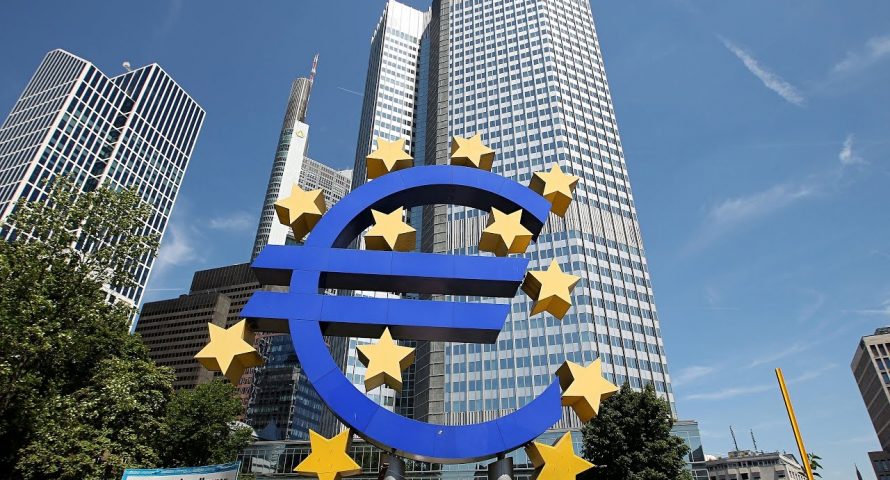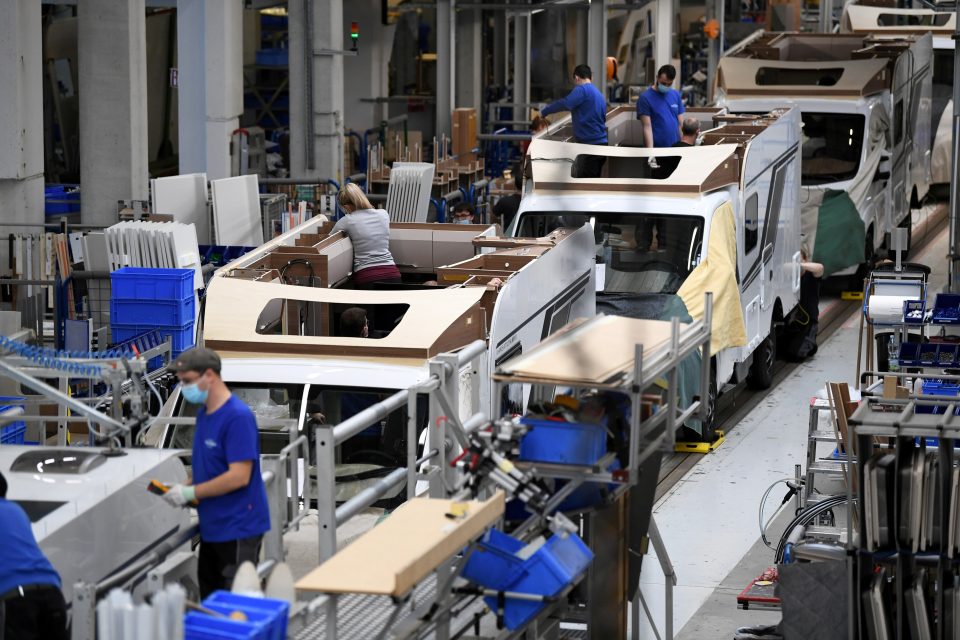FALCON POWERS – The index remains in negative territory but shows the smallest fall in more than a year. Spain’s economic health is looking up while Germany and France continue to show weakness.
The final eurozone manufacturing PMI from Hamburg Commercial Bank (HCOB) grew to 47.3 in May, announced S&P Global on Monday.
That was up from April’s figure of 45.7 and just below the preliminary estimate of 47.4.
The PMI figure looks at five indices to measure economic health: new orders, output, employment, suppliers’ delivery times, and stocks of purchases.
A reading above 50 points to expansion, whereas one below 50 signals contraction.
Manufacturing PMI Output at a 14-month high
The Manufacturing PMI Output Index, a separate figure that makes up the broader Manufacturing PMI, looks at the production output of the sector.
This jumped to a 14-month high of 49.3 in May – below the preliminary reading of 49.6 but an increase on April’s 47.3.
“In the Eurozone, manufacturing showed tentative signs of recovery,” said Boudewijn Driedonks, partner at McKinsey & Company.
“Export orders improved in Germany, and domestic demand appears to be picking up in France. However, weaknesses remain. For example, factory job losses continued in Germany due to spare capacity and exports were reported as weak in France.”
Germany and France still saw PMI figures below 50 last month, at 45.4 and 46.4 respectively, although the monthly decline slowed.
Italy and Austria were also in contraction territory.

Spain, the Netherlands and Greece see positive readings
Accelerated expansions were seen in Spain and the Netherlands, which noted readings of 54 and 52.5 respectively.
Greece ranked at the top of the list, with a PMI of 54.9, although this total represents a 4-month low for the country.
To look at specific indices within the broader PMI figure, new orders and output still declined over the month but at a slower rate.
Regarding deliveries of raw materials and other items needed for production, panellists reported a further improvement in delivery times.
Employment declined at a stable but modest monthly rate, while manufacturers also reduced their stocks of raw materials and components.
Business confidence increased over the month.


